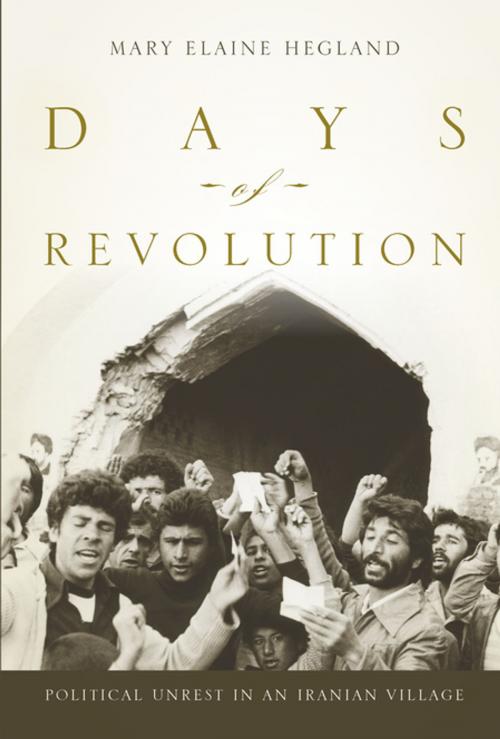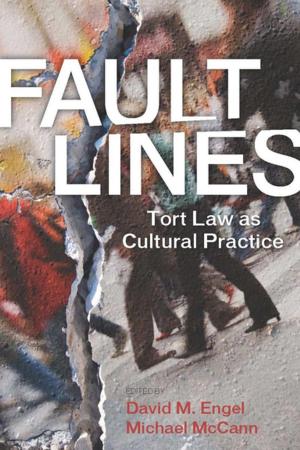Days of Revolution
Political Unrest in an Iranian Village
Nonfiction, History, Middle East, Modern, 20th Century, Social & Cultural Studies, Social Science, Anthropology| Author: | Mary Elaine Hegland | ISBN: | 9780804788854 |
| Publisher: | Stanford University Press | Publication: | October 30, 2013 |
| Imprint: | Stanford University Press | Language: | English |
| Author: | Mary Elaine Hegland |
| ISBN: | 9780804788854 |
| Publisher: | Stanford University Press |
| Publication: | October 30, 2013 |
| Imprint: | Stanford University Press |
| Language: | English |
Outside of Shiraz in the Fars Province of southwestern Iran lies "Aliabad." Mary Hegland arrived in this then-small agricultural village of several thousand people in the summer of 1978, unaware of the momentous changes that would sweep this town and this country in the months ahead. She became the only American researcher to witness the Islamic Revolution firsthand over her eighteen-month stay. Days of Revolution offers an insider's view of how regular people were drawn into, experienced, and influenced the 1979 Revolution and its aftermath. Conventional wisdom assumes Shi'a religious ideology fueled the revolutionary movement. But Hegland counters that the Revolution spread through much more pragmatic concerns: growing inequality, lack of development and employment opportunities, government corruption. Local expectations of leaders and the political process—expectations developed from their experience with traditional kinship-based factions—guided local villagers' attitudes and decision-making, and they often adopted the religious justifications for Revolution only after joining the uprising. Sharing stories of conflict and revolution alongside in-depth interviews, the book sheds new light on this critical historical moment. Returning to Aliabad decades later, Days of Revolution closes with a view of the village and revolution thirty years on. Over the course of several visits between 2003 and 2008, Mary Hegland investigates the lasting effects of the Revolution on the local political factions and in individual lives. As Iran remains front-page news, this intimate look at the country's recent history and its people has never been more timely or critical for understanding the critical interplay of local and global politics in Iran.
Outside of Shiraz in the Fars Province of southwestern Iran lies "Aliabad." Mary Hegland arrived in this then-small agricultural village of several thousand people in the summer of 1978, unaware of the momentous changes that would sweep this town and this country in the months ahead. She became the only American researcher to witness the Islamic Revolution firsthand over her eighteen-month stay. Days of Revolution offers an insider's view of how regular people were drawn into, experienced, and influenced the 1979 Revolution and its aftermath. Conventional wisdom assumes Shi'a religious ideology fueled the revolutionary movement. But Hegland counters that the Revolution spread through much more pragmatic concerns: growing inequality, lack of development and employment opportunities, government corruption. Local expectations of leaders and the political process—expectations developed from their experience with traditional kinship-based factions—guided local villagers' attitudes and decision-making, and they often adopted the religious justifications for Revolution only after joining the uprising. Sharing stories of conflict and revolution alongside in-depth interviews, the book sheds new light on this critical historical moment. Returning to Aliabad decades later, Days of Revolution closes with a view of the village and revolution thirty years on. Over the course of several visits between 2003 and 2008, Mary Hegland investigates the lasting effects of the Revolution on the local political factions and in individual lives. As Iran remains front-page news, this intimate look at the country's recent history and its people has never been more timely or critical for understanding the critical interplay of local and global politics in Iran.















